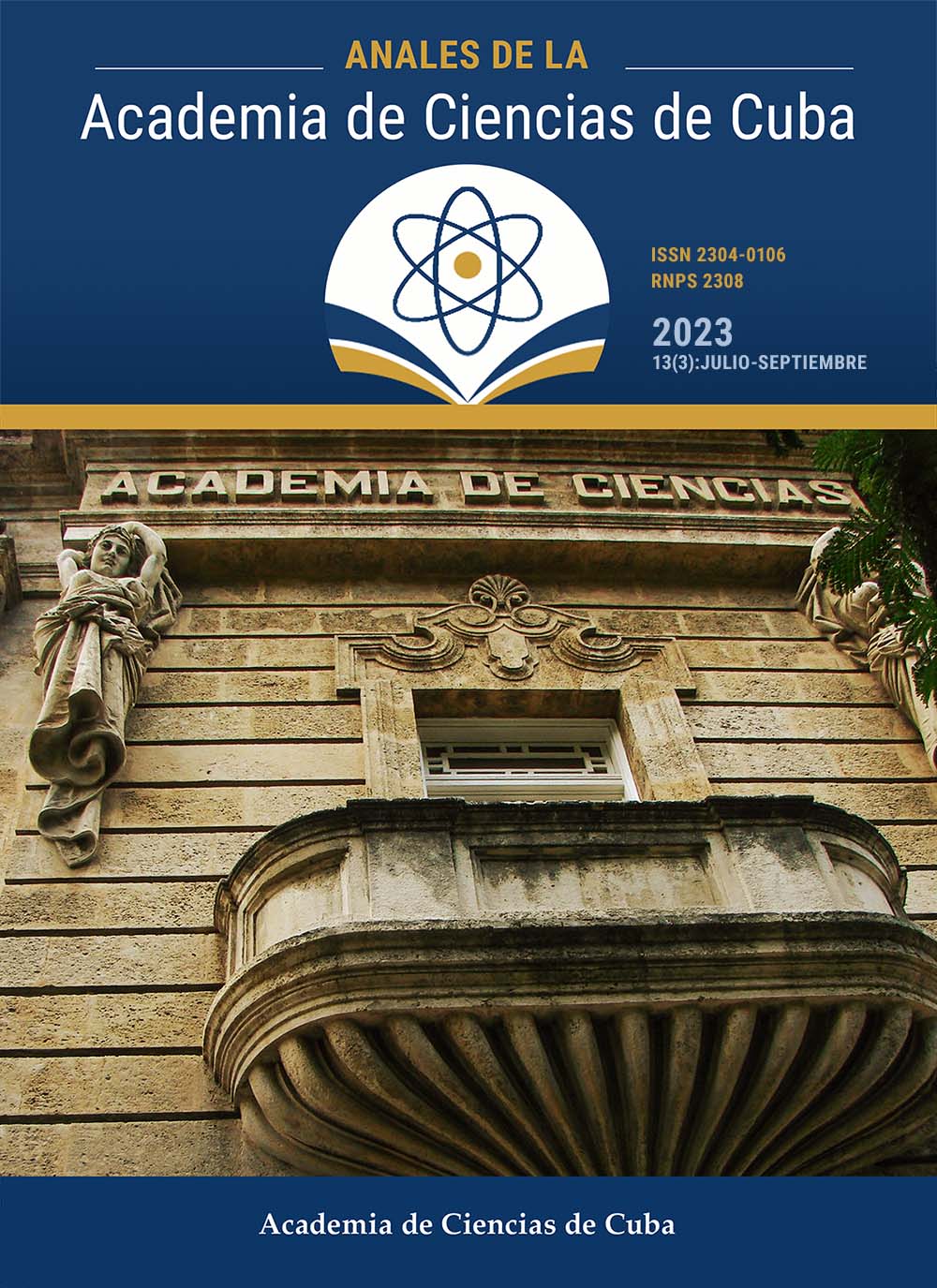Marabou in Cuba: nomenclatural considerations
Keywords:
marabou, Dichrostachys, phytonymy, Cuban flora, invasive speciesAbstract
It is systematized information regarding the nomenclature with which an important plant pest (Dichrostachys cinerea subsp. africana Brenan & Brummitt, var. africana) has been identified in Cuba. The documentary analysis method allowed processing data from printed sources and herbarium specimens. 14 scientific names are summarized, which are valued according to the International Code of Nomenclature for Algae, Fungi and Plants, and it is presented a system that reflects their legitimacy and hierarchy. It is reasoned over the probable origin of 14 compiled common denominations, which are valued from a logical-historical and lexical-semantic perspective, based on geographic, ethnic, historical, and social factors that could have conditioned their genesis in the context of Cuban culture. It is delved into the origin of the term “marabú” (marabou) and the factors that may have influenced its choice for the designation of the plant and the generalization of its use throughout the country.
Downloads
Published
How to Cite
Issue
Section
License
The journal Anales de la Academia de Ciencias de Cuba protects copyright, and operates with a Creative Commons License 4.0 (Creative Commons Attribution-NonCommercial License 4.0). By publishing in it, authors allow themselves to copy, reproduce, distribute, publicly communicate their work and generate derivative works, as long as the original author is cited and acknowledged. They do not allow, however, the use of the original work for commercial or lucrative purposes.
The authors authorize the publication of their writings, retaining the authorship rights, and assigning and transferring to the magazine all the rights protected by the intellectual property laws that govern in Cuba, which imply editing to disseminate the work.
Authors may establish additional agreements for the non-exclusive distribution of the version of the work published in the journal (for example, placing it in an institutional repository or publishing it in a book), with recognition of having been first published in this journal.
To learn more, see https://creativecommons.org






